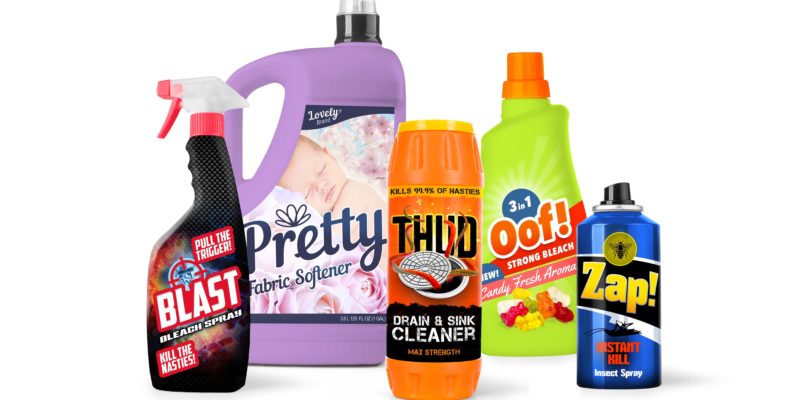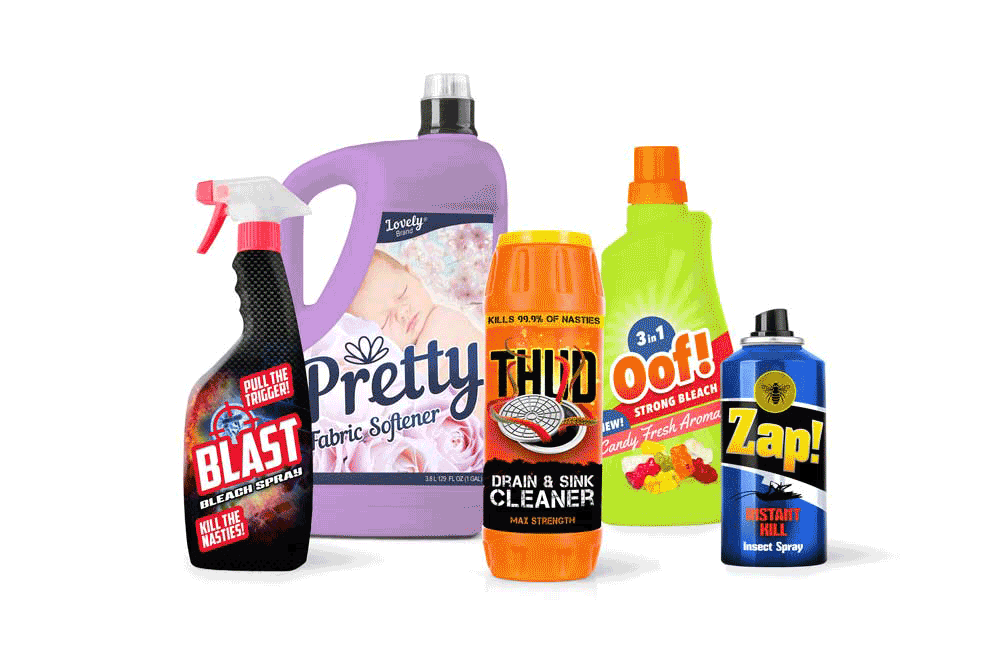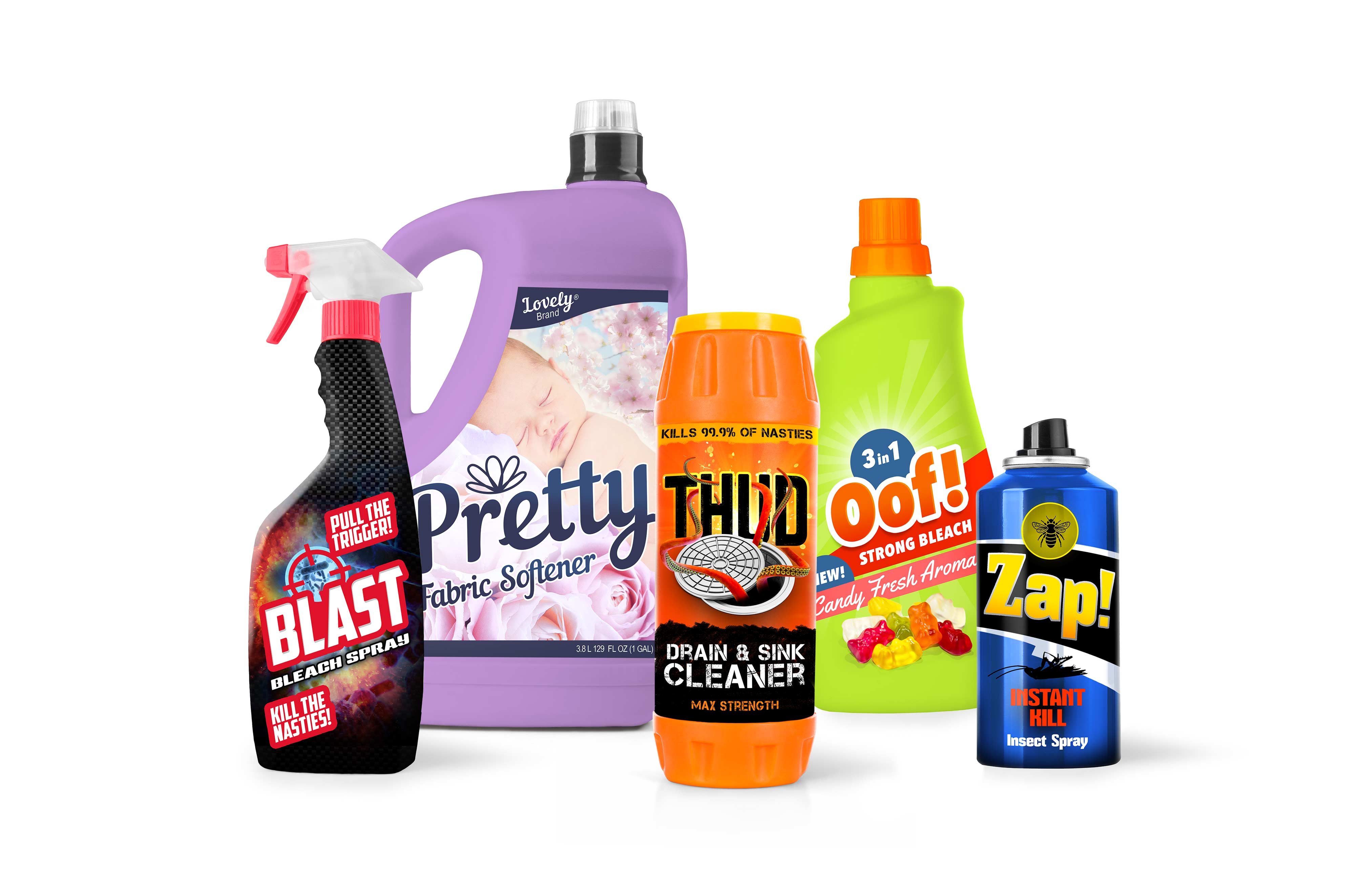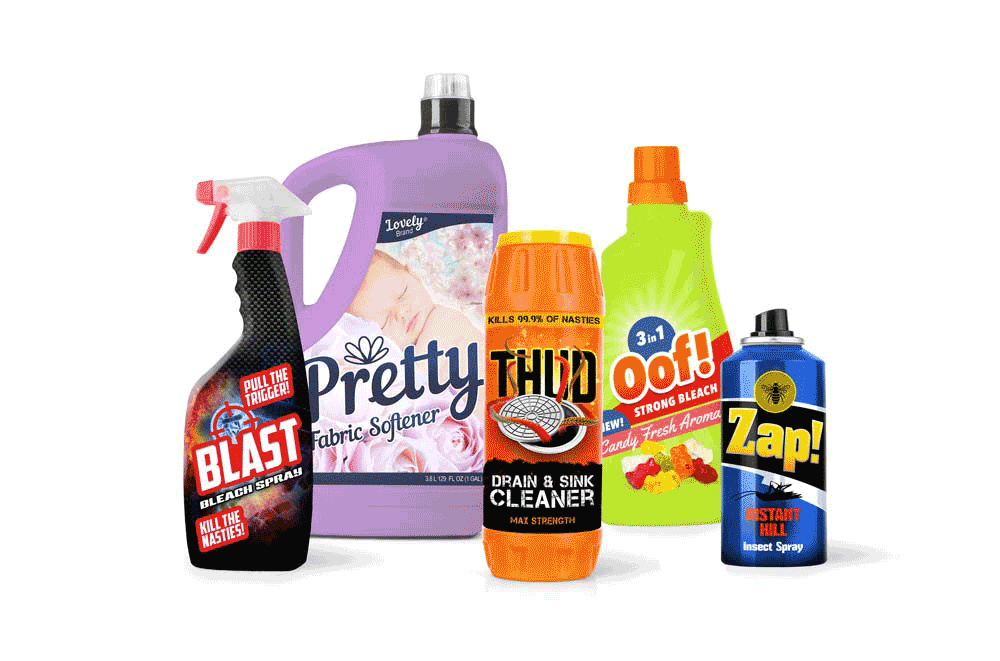On the 20th of May 2017 legislation requiring all tobacco packaging to be “uniformly green with large images showing the harmful effects of smoking” came into full force in the UK.
Why?
It reduces the product’s appeal and in turn, discourages smoking (if not by encouraging current smokers to quit, then at least by making potential new smokers less likely to pick the habit up). In fact, data from Australia, which introduced the same laws in 2012, signals that plain packaging should result in 300,000 fewer smokers in the UK within a year of enforcement.
This is a positive change (unless you’re a tobacco manufacturer) but why stop at cigarettes? If we can make tobacco products less appealing with plain packaging, why can’t we do the same for other potentially harmful products… for example, household chemicals?
In the UK “more than 28,000 children receive treatment for poisoning, or suspected poisoning accidents every year”. In the US, it’s more than 109,000. While many factors contribute to these incidents, packaging undeniably plays a part. Bright colours and catchy logos attract children who believe the items to be foods, drinks, or toys.
While parents can take steps to protect their children from coming into contact with harmful products, by, for example, fitting locks to cupboard doors and being extra vigilant when items are in use, the fact is that we cannot 100% childproof a home. The risk is always there.
Would it not make sense, then, for similar packaging laws to be applied to potentially harmful products that are commonly kept around the house?
To dictate that manufacturers must:
- Use plain, solid colours
- Remove logos
- Display prominent safety warnings, and
- Hide brand names
The result being that instead of colourful containers like those pictured above, dangerous chemicals are packaged in plain, consistent and clearly labelled containers… something like this?
All imagery within this post is free to use and adapt, providing credit is given to the source, www.windowsonlineuk.co.uk. A full media pack is available – just get in touch with amy@boom-online.co.uk.





